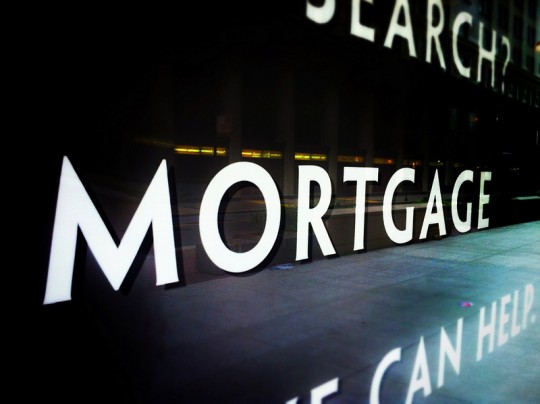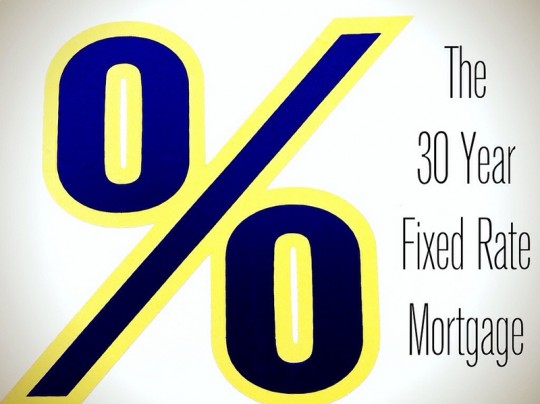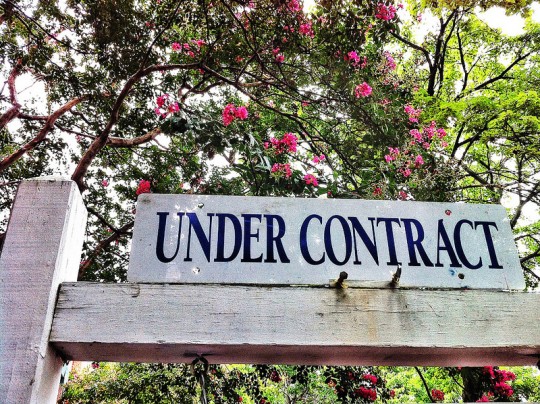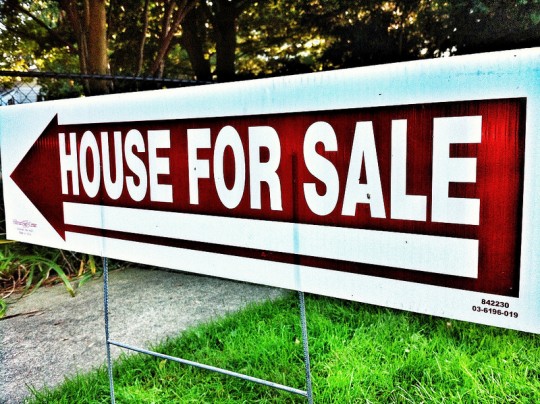Last year saw improvements in housing construction, sales, prices, and mortgage originations. But the housing market’s rebound in 2012 did not include gains in the homeownership rate. For the fifth straight year, homeownership declined, falling to 63.9 percent – the lowest rate since the survey began in 2005 and lower than any rate recorded in a decennial census since 1970. But, according to Patrick Simmons, director of strategic planning for Fannie Mae’s Economic and Strategic Research Group, 2012 also saw substantial improvements in housing affordability. Simmons believes that, though demand shifted from owning to renting during the housing crisis, those renters are now better positioned to save money to buy a house in the future. And since consumers continue to indicate a preference for owning over renting, Simmons feels the trend bodes well for homeownership sustainability in years to come. More here.
Archive for Uncategorized
Housing Market Heats Up But Doesn’t Bubble
In a recent New York Times op-ed, economist Robert Shiller argues that – though home prices have risen 18.4 percent in the 16 months leading up to July of this year – the housing market is not entering into another bubble. Shiller, the co-creator of the S&P / Case-Shiller Home Price Index, conducted a survey of recent home buyers to determine whether or not respondents had unreasonable expectations about home prices and the housing market. Shiller found that, though short-term expectations were higher than they have been over the past few years, long-term expectations were fairly modest. Also, nearly 20 percent fewer homeowners responded that they thought real estate was the best investment for long-term holders, indicating that Americans are aware that recent price increases are largely due to the drastic drop experienced during the financial crisis. Overall, Shiller believes Americans are still relatively sober about housing but warns of the risk of a potential bubble mentality developing in the market. More here.
Mortgage Rates Fall To Lowest Level Since June
According to the Mortgage Bankers Association’s Weekly Applications Survey, the average contract interest rate for 30-year fixed-rate mortgages fell again last week. Mortgage rates are now at their lowest point since June. Despite the drop in rates, however, demand for mortgage loans overall was down 0.4 percent, due to a 6 percent slide in the seasonally adjusted Purchase Index. The Refinance Index, on the other hand, saw a 3 percent uptick due to consecutive weeks of declining mortgage rates. The increase brought the refinance share of total mortgage activity up to 63 percent. According to the report, all fixed-rate mortgages fell to three-month lows last week. More here.
The Continuing Popularity Of The 30-Year Fixed Rate Mortgage
The 30-year fixed-rate home loan has been the most popular choice for borrowers for many years. In fact, when 15-year rates fell to an historic 2.5 percent last year, the 30-year term still accounted for 85 percent of all home-purchase loans. During the first half of this year, nearly 90 percent of homebuyers chose it. According to Freddie Mac’s chief economist, Frank Nothaft, there are three reasons for the continued popularity of 30-year fixed-rate mortgages. First among those is the fact that it is more affordable. Because the term is longer, the monthly payment is lower than it would be on a shorter-term mortgage. They are also more stable because the rate is locked in and not subject to the ups and downs of the market. Finally, Nothaft says flexibility is a feature of 30-year loans that makes them popular with buyers and borrowers. In short, 30-year loans continue to be the most popular mortgage product for American homebuyers because they are the most affordable and manageable, helping middle-class and first-time buyers enjoy the benefits of homeownership. More here.
Pending Sales Ease From Six Year High
The National Association of Realtors’ Pending Home Sales Index is a forward-looking indicator that tracks the number of buyers who signed contracts to purchase homes during the month. In August, the Index showed a 1.6 percent dip from July, when it reached a six-and-a-half year high. Lawrence Yun, NAR’s chief economist, said the decline was expected following the sales peaks reached during the summer-selling season. According to Yun, existing-home sales levels should slow in the coming months. Despite the dip, pending home sales have been above year-before levels for 28 consecutive months and were 5.8 percent above August 2012 in the most recent report. Regionally, sales fell in the Midwest, South, and West but rose 4 percent in the Northeast. The National Association of Realtors expects existing-home sales to be up nearly 11 percent this year. More here.
Buying A Home Still Cheaper Than Renting
Despite recent increases in home prices and mortgage rates, buying a home is still cheaper than renting, according to Trulia’s Summer 2013 Rent Vs. Buy Report. The report, which compared the average cost of renting and owning a home in America’s 100 largest metropolitan areas between June 1 and August 31, found homeownership is now 35 percent cheaper than renting. That’s down from last year when buying a home was 45 percent cheaper. Jed Kolko, Trulia’s chief economist, said, though rising mortgage rates and home prices have made buying less affordable than last year, they’re both still below historical norms. According to Kolko, mortgage rates would have to reach into double-digits before renting became cheaper than buying. The report found that homeownership was more affordable than renting in all of the largest 100 cities surveyed. San Jose, San Francisco, Honolulu, Orange County, and New York were the metros where the associated costs between renting and buying were closest. More here.
Economic Confidence Improves Despite Uncertainty
After nearly reaching positive territory in early June, Americans’ confidence in the economy has been on a downward trajectory, according to Gallup’s Economic Confidence Index. In recent weeks, economic confidence has been negatively impacted by the crisis in Syria, stagnant job growth, upcoming negotiations over the federal debt limit, and uncertainty over the Federal Reserve’s bond-purchasing program. Still, the most recent reading found a small improvement from previous weeks. According to the index, 40 percent of Americans now say the economy is getting better rather than worse, with 19 percent rating the economy as excellent or good and 36 percent saying it is poor. Gallup notes that Americans have generally been more confident in the economy this year, though they are still more negative than positive in their assessment of current conditions and the economic direction.






